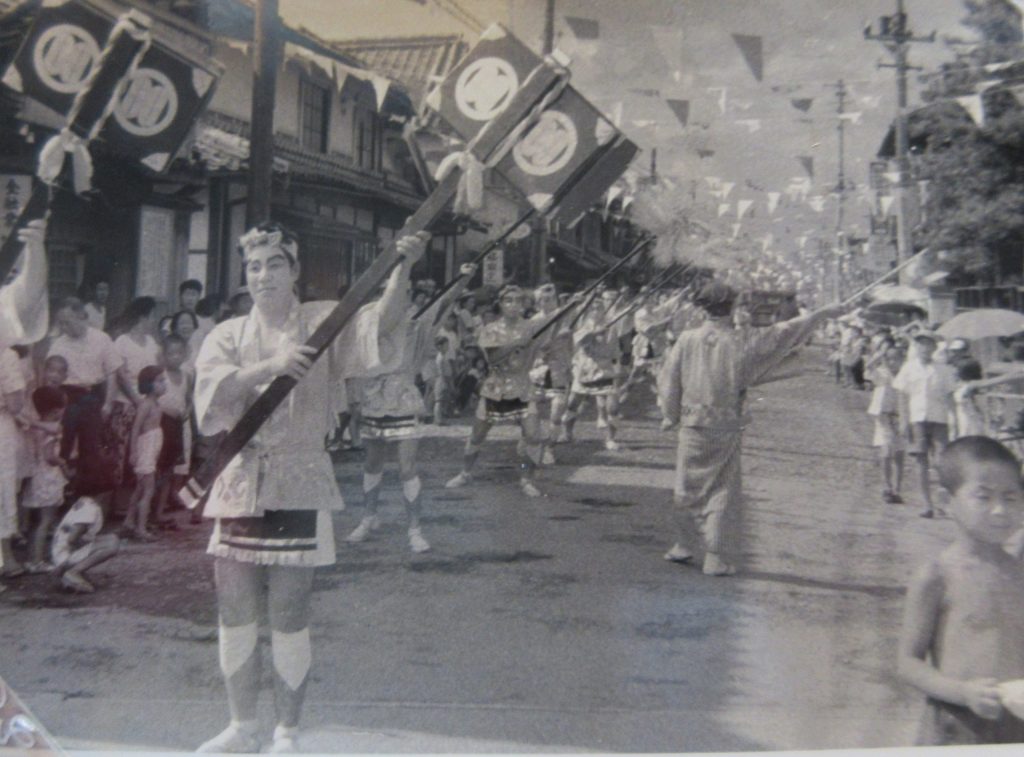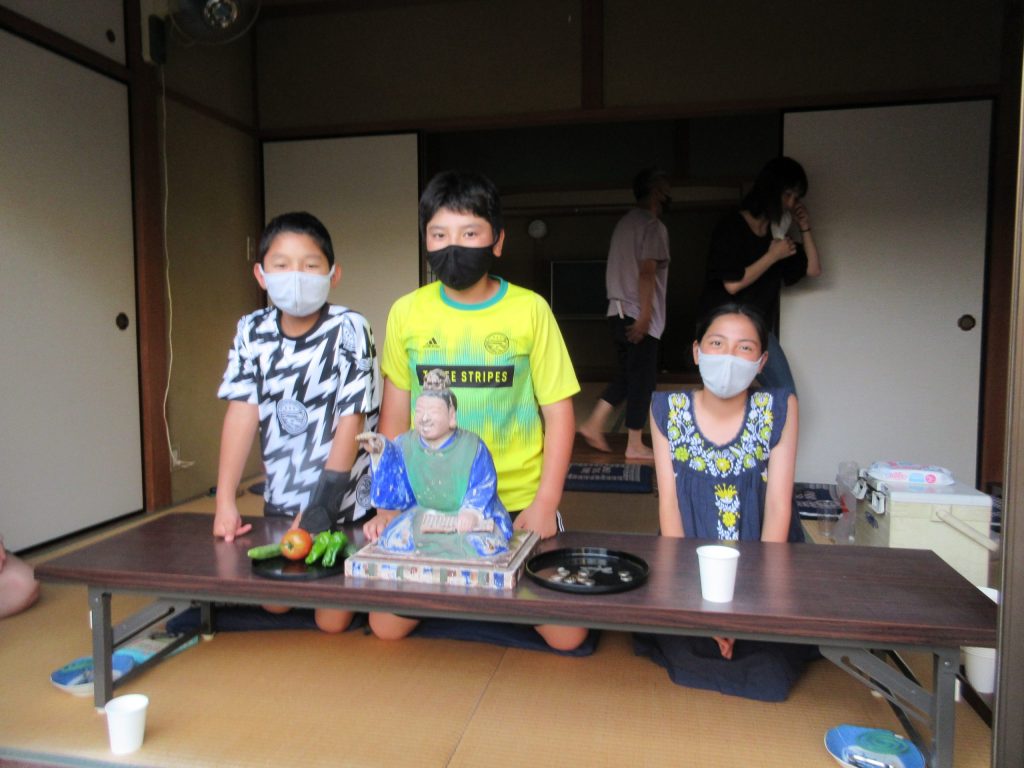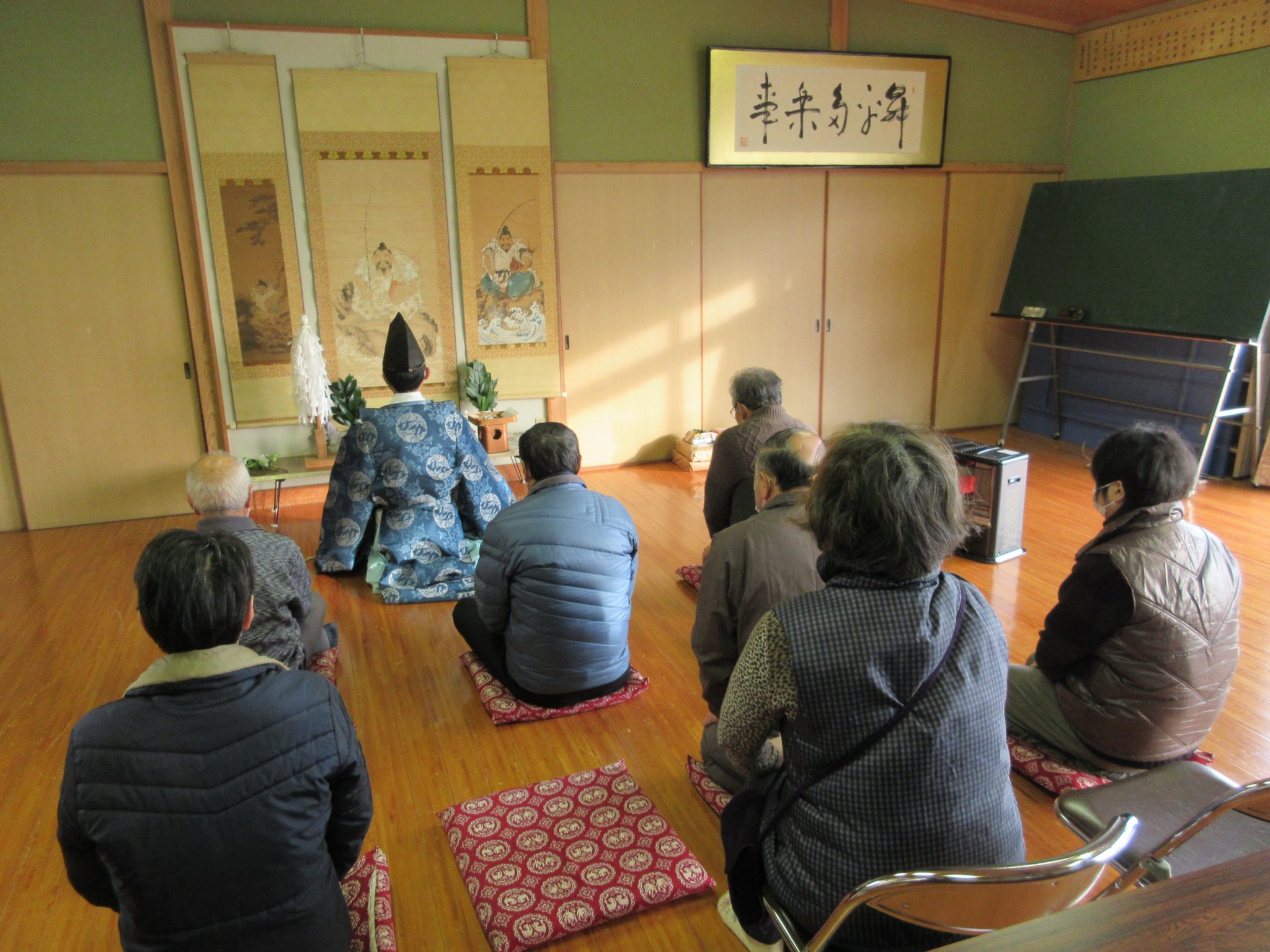
Introduction:
The current Tanushimaru Central Shopping Street emerged about 400 years ago in the early Edo period as a zaigō-machi (a merchant town in the countryside) along the Hita Kaidō Naka-michi Ōkan (one of the major route linking Hita and Kurume through flat land). Until the 1970s, it flourished as a bustling commercial hub. The Chōiwai (town celebration) held in this area in January is a testament to this rich mercantile heritage, paying homage to Ebisu-sama, the deity of commerce, and embodying the spirit of a trading town.
A Glimpse into the Past:
In the past, the town celebrated Ebisu-sama twice a year, the Chōiwai in January and the "Hatsuka Ebisu" (as celebrated on July 20th) and the "Kodomo Ebisu" (Children's Ebisu) in summer involving the entire town. However, these festivities have largely faded into memory.
The Chōiwai Ritual:
The Chōiwai is organized by approximately 15 local communities nearby the Tanushimaru Central Shopping Street and takes place on the second Sunday of January. While Ebisu-sama rituals are held elsewhere, the concentration of the rituals on this specific day is unique to Tanushimaru.
Diverse Enshrinements:
The enshrinements of Ebisu-sama vary widely, from stone shrines to Ebisu statues along the roadside, natural rocks, or even wall hangings displayed in community centers. Along major streets, the ritual unfolds amidst the bustling traffic, creating a surreal juxtaposition of past and present.
A Festive Gathering:
Following the ritual, a banquet is held at a community center or another designated location. This banquet is the origin of the term Chōiwai (town celebration).
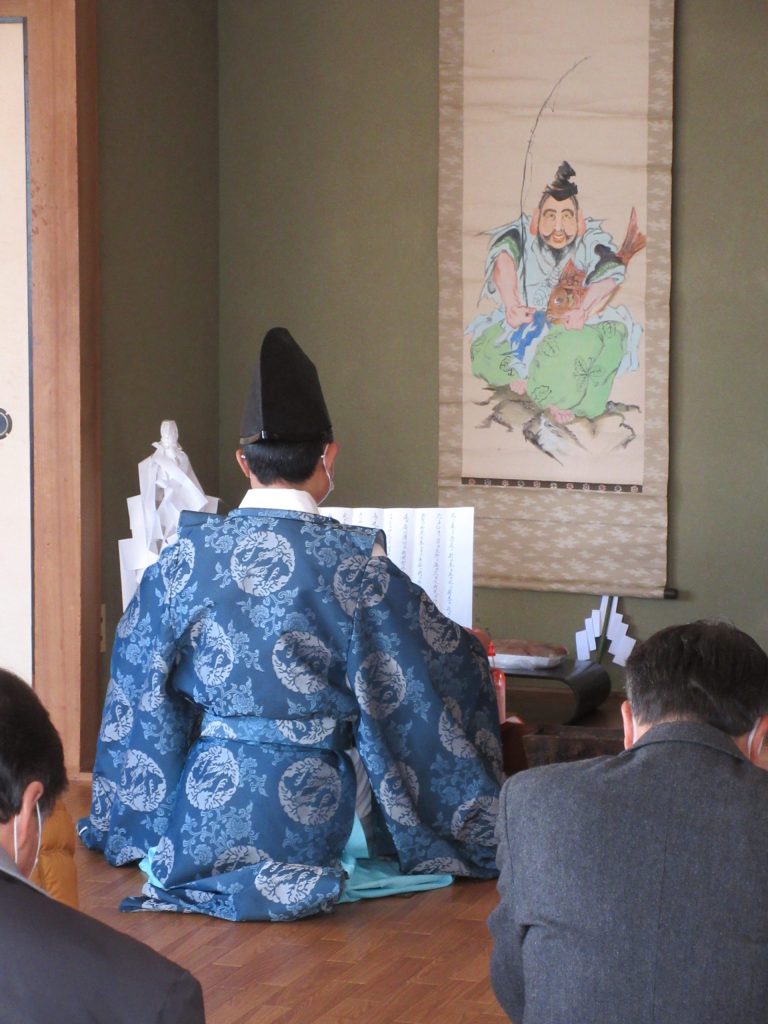
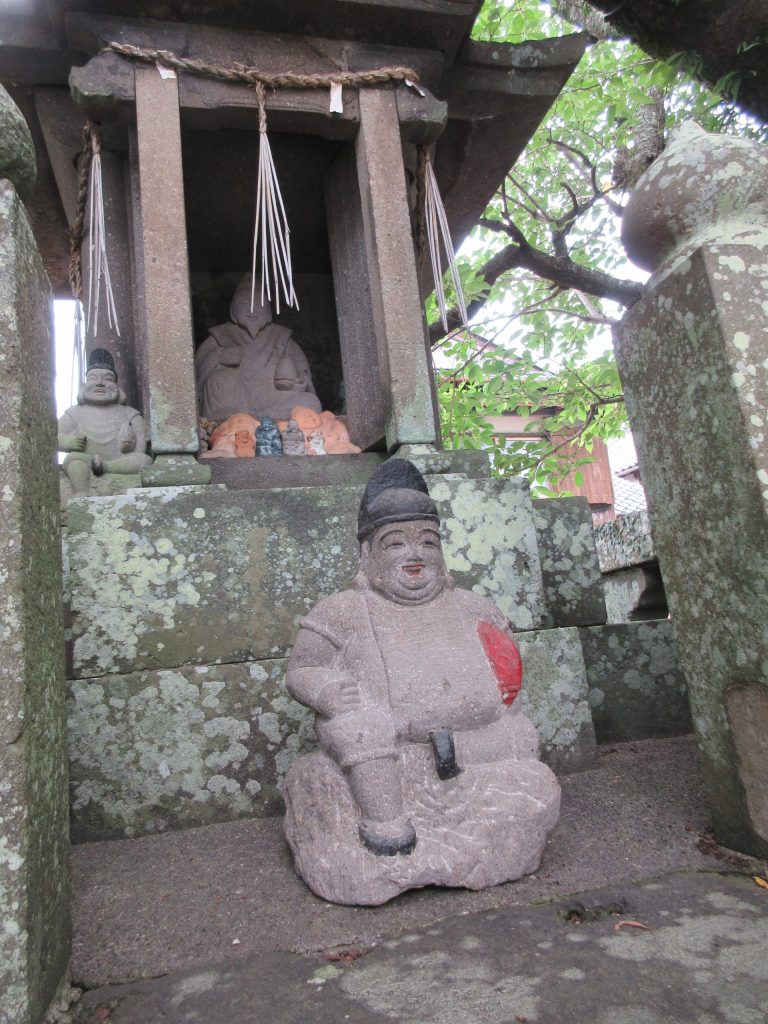

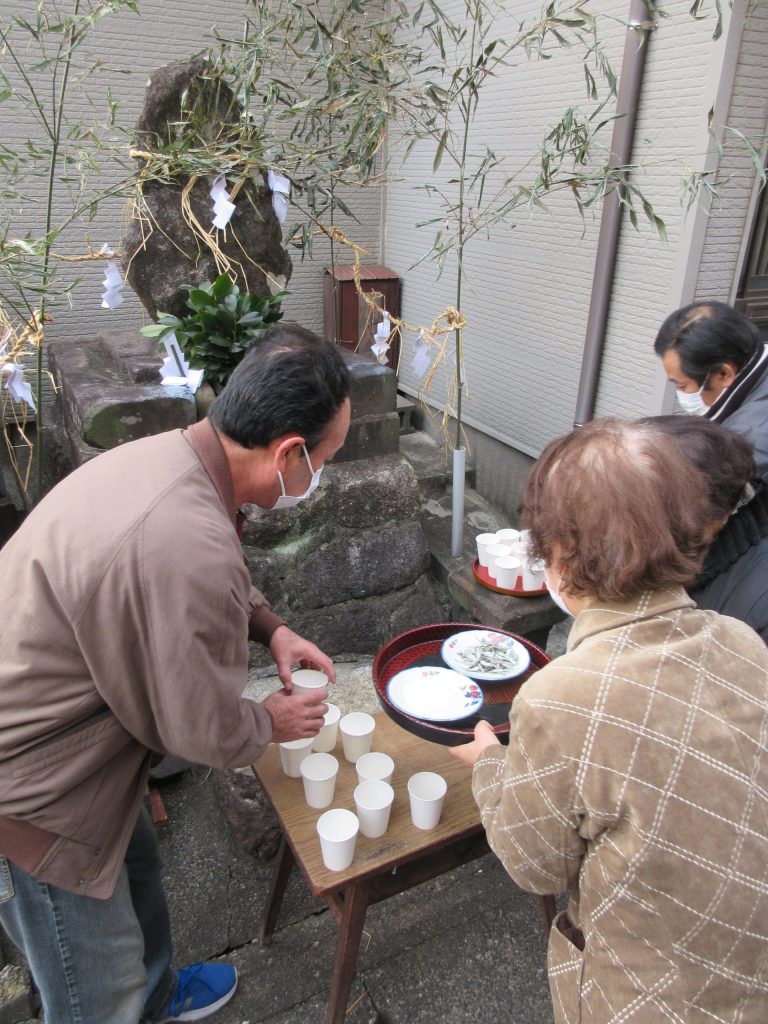
Ebisu's Echoing Legacy:
Decades ago, the "Hatsuka Ebisu" festival on July 20th epitomized Tanushimaru's spirit. Various organizations, including local communities and businesses, formed dontaku-tai (festive parades) that snaked through the Central Shopping Street and National Route 210. Complementing this vibrant spectacle was the "Kodomo Ebisu" custom, where children carried Ebisu statues and solicited coins for Ebisu-sama from passersby.
A Reflection of Changing Times:
As the commercial landscape waned around the 1990, the "Hatsuka Ebisu" festival is now only preserved in documentary films from the 1960s, and the "Kodomo Ebisu" tradition lingers in just a few districts. This stark contrast highlights the intimate connection between the traditional rituals and socioeconomic vicissitudes of a region.

